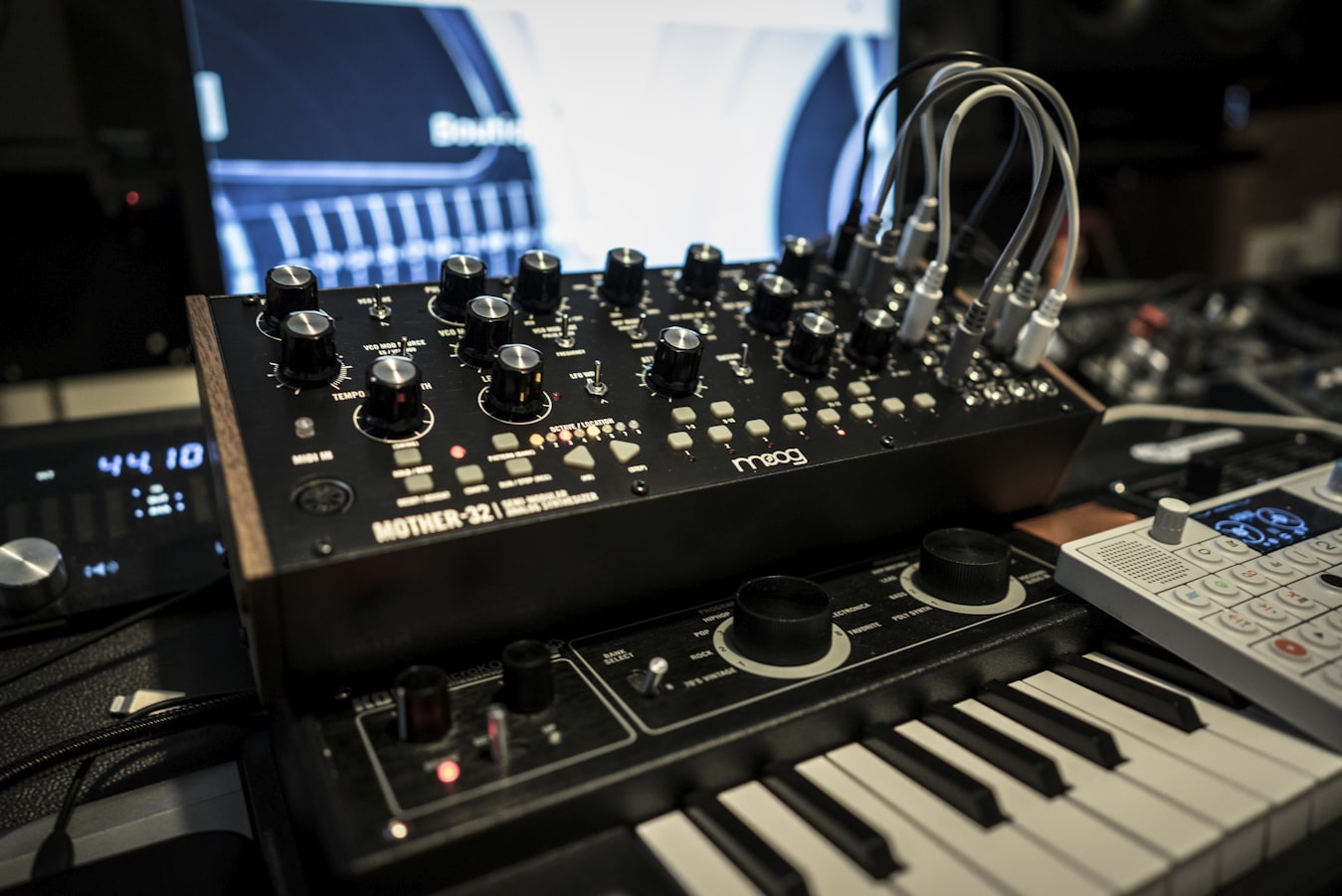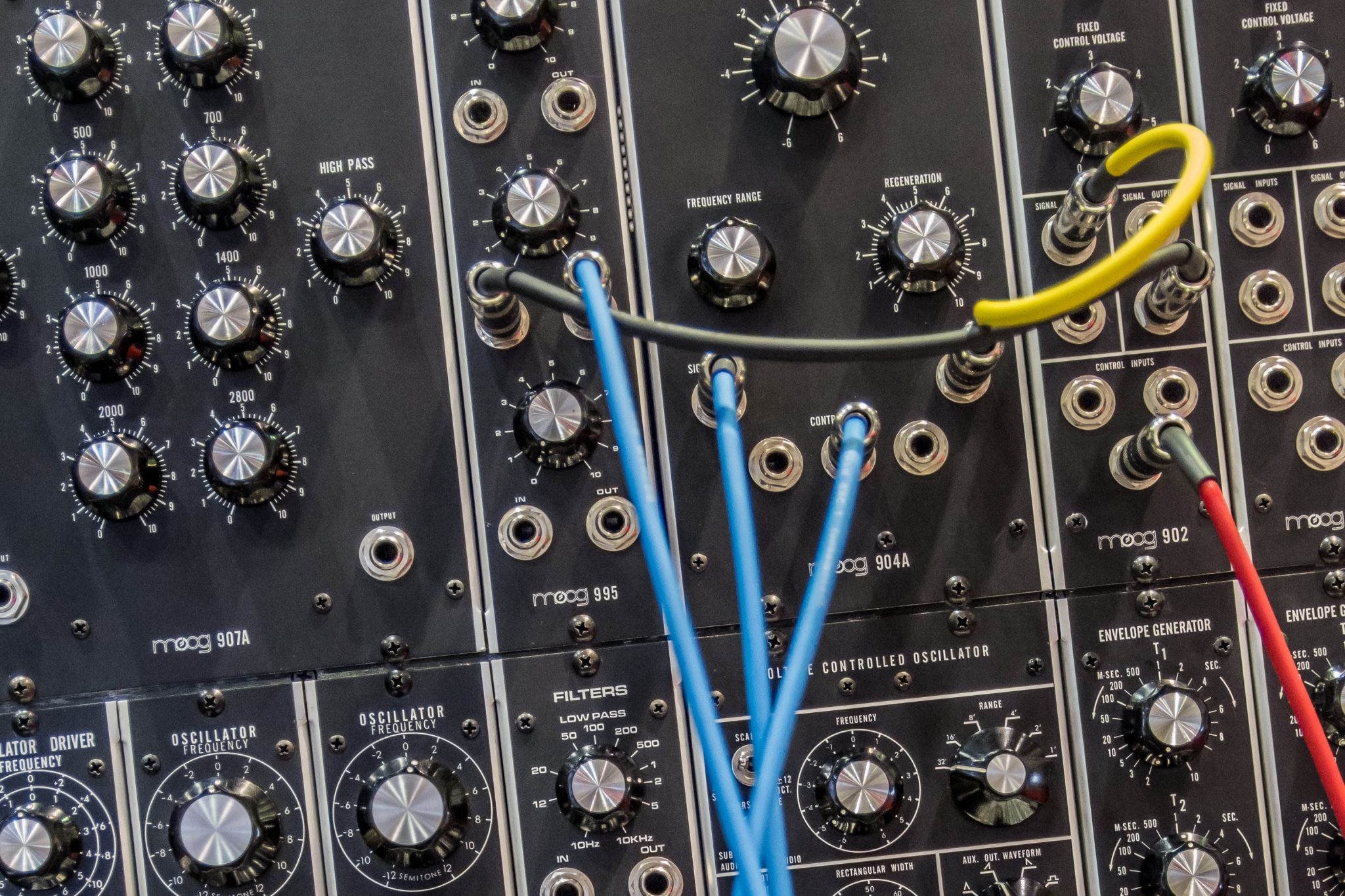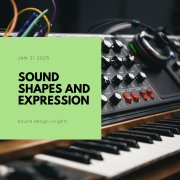“How do I get started with modular?”

Modular synths are fascinating, complex, and alluring machines, but to the uninitiated they can also be enigmatic and confusing. The vast range of available modules, the high price of entry, the obscure interfaces, and the images of gigantic, room-filling systems can make modular synthesis seem like a hobby mainly reserved for the independently wealthy PhD candidate. But the truth is that modular is more accessible now than it has ever been—in this post I’ll offer some of pieces of advice for those of you who are just getting started with modular synths.
Of course, there are unavoidable costs—it will probably never meet most people’s definition of cheap (although Behringer might be about to try and change that.) The lowest priced case and power supply combinations are still hundreds of dollars (the TipTop happy ending kit with power is around $175). Still, once this hurdle is passed, it’s in fact easy and beneficial to start small. Buying a couple of modules at a time, and getting to know them well before buying more, is a great strategy to take when starting out.
Let’s look at some relatively easy entries into modular in a variety of price ranges, looking to answer the Eurorack novice’s question, “How do I get started with modular?”
The semi-modular

Semi-modular is a great way of getting some experience with patching. Standalone, semi-modular synths like the Moog Mother32, Moog Grandmother, MakeNoise 0-Coast, or the Behringer Neutron, give you a taste of the modular experience and are all highly capable synths. They are all fully compatible with Eurorack; essentially they are Eurorack format but with their own power supply and case. Which leads us to a possible disadvantage of this route: if/when you want to go deeper down the “rabbit hole” you still need to buy yourself a case and power supply for your modules. If you are committed to getting into Euro it will be more cost effective to get a case and power right away.
The micro-system
Full voice modules, like the Atlantis from Intellijel or Mutable Instruments’ Elements, function something like a desktop synth module, but in Eurorack. In other words, they combine all the oscillators, VCAs, envelopes and filters of a full mono-synth behind a Eurorack panel. Pair one of these with a Eurorack sequencer, or a MIDI sequencer and a MIDI to CV module like the Hexinverter Mutant Brain, and you have a full synth voice in Eurorack. Without any other modules to patch up it’s not the full modular experience yet – you have a synth voice that you can trigger with gates and CV from your sequencer or MIDI-CV module, but you do not have any modulators. Modulation is the heart of modular, so, tempting though it may be to stick one of these all-in-one modules in a tiny case and use it standalone, it is probably wise to leave some space for growth.
Another approach to build up a micro system is to go for a range of relatively cheap, bread and butter modules. Doepfer, the company that created the Eurorack format back in the 90s, are still a great choice for reliable, straight-forward modules at reasonable prices. Their active product line is vast and you can build a huge system with their products alone. Then there are the very small, low-priced modules from various companies such as Erica Synths, TipTop Audio, and 2HP (whose name refers to the size of all their modules—about as tiny as it’s possible to get). These are great value and can be highly useful but beware, they have tiny pots so too many of them too close together can get extremely awkward. While it might seem like a great cheap solution, a whole system made up of these tiny modules would be pretty annoying to use.
The ready-made, full system
On the other end of the spectrum in starting tiny with a micro system is splashing out on a full-size system. Why not bypass all that decision making, scrimping and saving for one module at a time, and just hit your bank account/credit card one devastating blow? The easiest way of doing this is to go for a single manufacturer’s system – a curated collection of modules by one company, which are sure to work well together. A the ultimate single manufacturer system is probably the stunning MakeNoise Black and Gold Shared System. This is a great option if you have the money and are totally sure of your commitment. But a makeNoise shared system is around $5.5k USD…so there’s that.
The modular drum machine
If you are a producer heavily focused heavily on electronic drums—which you probably are if you are reading this blog—you may want to build up a modular drum machine. Modular drums are capable of more extreme tonal changes and generally have a wider pitch and timbral range than a typical drum machine voice. They can also be triggered in a variety of unconventional ways, allowing for strange, unexpected rhythms. The good thing about drum modules when you are starting out is that they are, by definition, whole voices—they contain a sound source or two, an envelope and VCA, and perhaps a filter. You just feed them a trigger and they do their thing. There are now a huge number of drum modules available from many different manufacturers, analog and digital, covering a vast sonic territory, so you can mix and match to create something truly unique.
When getting started with modular synths, it’s useful to know that you can easily combine modular drums with external drum machines by using the same sequencer (e.g. sequencing your modular drums with an external drum machine) via a MIDI to CV module. This makes starting small simple—just add one drum module at a time. Of course, just as with any other approach in modular, modulation is key, so at least one step-modulation source, such as the Malekko Voltage Block (an 8 track, 16-stage CV sequencer), should be an early addition to your modular drum machine.
The other aspect of a modular drum machine, and one that really shines in Eurorack, is sequencing. Conventional, 16-step x0x style sequencing is of course easy in or out of the case, but you can quickly move far from a typical drum machine sound by using more idiosyncratic sequencing options. Methods of sequencing in modular is a whole other topic but take a look at digital modules that use binary logic gates for a taste of what can be done. For example, Noise Engineering’s range of digital trigger sequencing modules can create unique, ever-changing rhythms.
The DAW-integrated system
For many people, modular synths are totally separate from the DAW; indeed it is almost a point of principle for some modular users to “only” use their DAW, if at all, as a sort of tape recorder. But this is by no means the only way to approach things. If you are already fully committed to a DAW workflow—perhaps you already sequence standalone synths via MIDI from Ableton, for example—there are many options for fully integrating your modular synth with your PC. Sending gates, triggers and pitch CV is easy: the aforementioned MIDI to CV converter can achieve this via a MIDI interface connected to your computer. Expert Sleepers make a range of modules that can give you even closer integration, with smooth control voltages that a MIDI to CV module cannot send, due to the limitations of MIDI. Finally, if you use Ableton and have a soundcard with DC-coupled outputs (most MOTU soundcards have this feature) then you will very soon be able to use Abelton’s new suite of CV Tools in Max for Live to control your modular through your soundcard’s output jacks.
The obvious appeal of using the DAW to control your synths is that you immediately gain the equivalent of several modules-worth of functionality in terms of sequencing and modulation. The drawback is that you perhaps risk sacrificing some of the exploratory potential of modular in favour of greater control.
DIY
Going DIY would seem to be a great option, especially if you are short on cash. But beware, unless you actually enjoy soldering and are keen to learn a little bit about electronics, it might well end up being a lot more expensive than buying your modules ready-made. Remember, if you mess up your build the company is not liable to fix it for you. Basic synth DIY is totally doable and can be great fun….if it’s the kind of thing you like doing. But if you’re doing it only to save money you might find that:
a. It doesn’t save you all that much and,
b. Lots of your modules only kind of work and some don’t work at all!
SEE ALSO : Using Modular Can Change the Way You View Music Production












Leave a Reply
Want to join the discussion?Feel free to contribute!